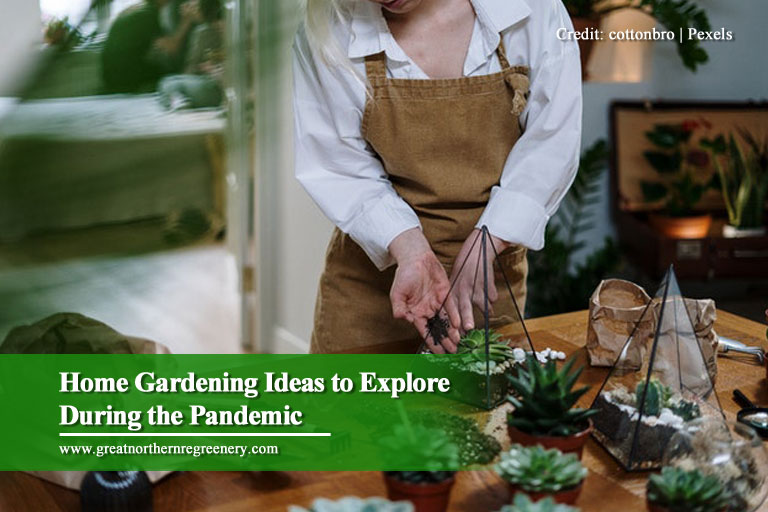
Are you looking for more activities to do while on quarantine? If you’ve already crossed reading, cooking, and exercising off your list, you might want to try gardening at home. The importance of gardening during this challenging time is it helps you relax and bond with your family.
There are several ways to start gardening during the pandemic without breaking the bank. Check out these suggestions for starters:
1. Grow Some Seeds and Sprouts
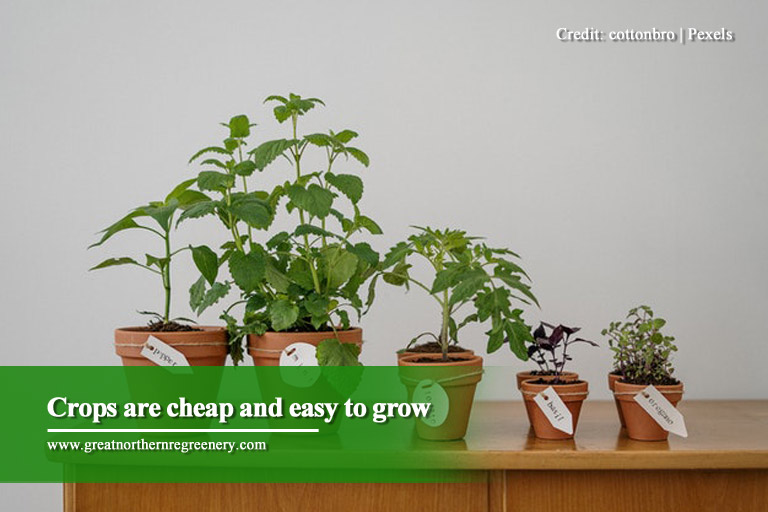
Growing some seeds and sprouts is one of the easiest and cheapest ways to start a garden.
There’s a wide range of crops you can plant, and most of them are readily available at your local garden centre. Among the more popular choices include clover, mustard, radishes, peas, sunflower, and all types of beans.
What are the benefits of home gardening with small-scale crops?
- You don’t need to have advanced gardening or horticulture skills.
- Seeds germinate in just a couple of days, so you can expect to harvest the sprouts as soon as possible.
- Growing seeds and sprouts is cheap, and it doesn’t need fancy gardening tools or equipment. All you need is a pack of seeds, some soil, and a decent shallow container to get started.
- It’s the simplest way to introduce healthier options to your everyday meals. You can grow fresh sources of vitamins, minerals, and fibre right in your kitchen.
Note: You can visit garden centres and nurseries. The Ontario government permitted the reopening of these businesses in May, so feel free to shop for plants, flowers, or trees to build your dream garden.
2. Bring the Garden Indoors
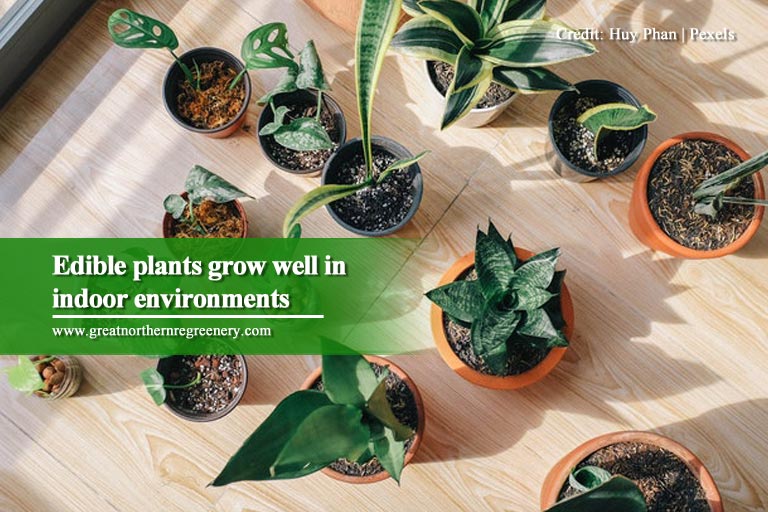
If you live in an apartment or condominium with limited or no garden space, you can always start your garden project indoors with pots. Herbs like mint, basil, and coriander grow well indoors. Just make sure you have a sunny window, ample time, and the eagerness to grow your own foods inside the four corners of your home.
Here are some additional reminders for growing potted plants in small indoor spaces:
- Ensure good drainage
Container plants thrive best when they have adequate room for drainage, so make sure to use pots with holes. You can also place stones in the bottom of your pot before putting in the soil to allow the water to trickle through the stones.
When using holed pots, place a drainage container under it to prevent dirty water from puddling on your floor.
- Use the right potting mix
Grow your plants in a potting mix, a growing medium specially designed for container gardening. You can buy one from a garden centre or make your own.
There are various types of potting mixes, each customized for specific plants or plants in certain growth stages. For example, a cactus mix mimics the natural growing environment for cacti so they can still grow well indoors.
- Good lighting is key
Plants need enough sunlight to grow well. Place your potted plants in a sunny spot, ideally by the window. If you don’t have windows or any sunny spot, get some grow lights to aid their growth.
3. Start a Fruit, Flower, or Veggie Garden
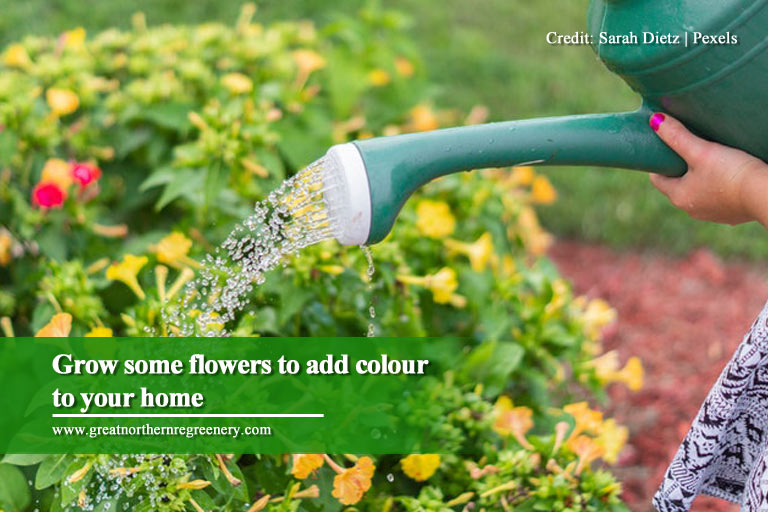
You can also create a small fruit, flower, or vegetable patch in your yard or balcony. After all, what’s not to love about having your own fresh source of fruit and veggies at home? Here’s how you can get started:
- Purchase seeds or seedlings from your local growers. Not only does this support their livelihood, but it also means you’ll have access to a number of seeds and plants well-suited to our climate.
- Choose fast-growing vegetables like arugula, spinach, lettuce, and radishes.
- You might also want to grow edible flowers like borage and carnations that brighten up your garden and perk up your cooking. They go best in salads and meat dishes.
Not sure what type of garden to grow your fruit, flower, or veggies in? Here are some ideas:
- In-ground garden bed – If you’re serious about having a source of produce that you and your family can enjoy for the long-term, an in-ground garden bed is a great choice. A 500-square feet garden can already feed 4 people for 8 months. Fruits and veggies commonly grown in in-ground gardens include corn, cabbage, beets, tomatoes, squash, peppers, potatoes, and eggplant.
- Raised-bed garden – If you have a large space at home, a raised-bed garden allows you more room to experiment with different fruits, flowers, and veggies. A raised-bed garden is also an ideal option if you want to grow specific plants that don’t grow well in the soil you have. Plants that grow successfully in this type of garden are beans, broccoli, brussels, asparagus, pumpkins, and spinach.
- Window box garden – The idea is similar to potted plants. All you need is a hanging box or window box, good garden soil, and the seeds you like. Vegetables and herbs are a popular choice for window box gardening since they don’t have deep roots. These varieties include greens, lettuce, spinach, basil, chives, and oregano.
4. Maximize What You Already Have
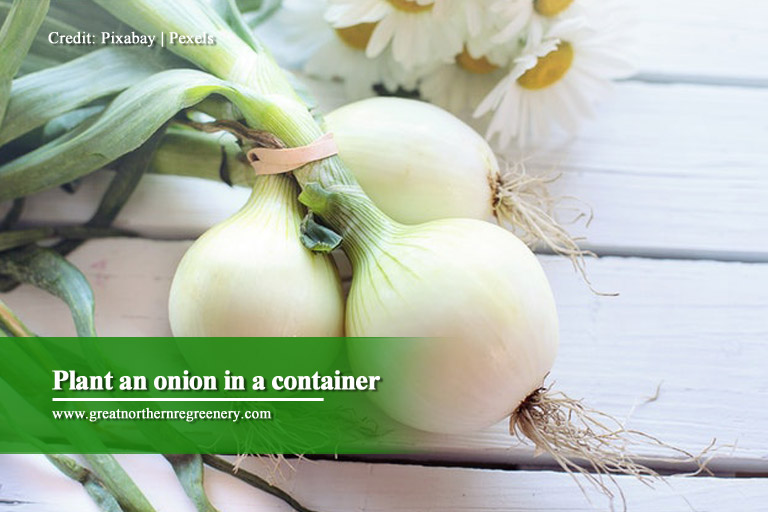
If you’re tight on budget, you can make do with whatever you have in your kitchen. How? Here are a few tips:
- Instead of discarding the heart of the celery or lettuce, plant it instead. Harvest the new stems and leaves once they grow.
- Got onions? Plant a bulb or two, then use the leaves in your salads.
- You can also regrow scallions. Place the rooted white part in a glass of water so it can grow back.
- Mint is a gift that keeps on giving. Put fresh mint stems in a glass of water. Transfer them into a pot as soon as the roots begin to form.
- Remove the seeds from the tomatoes, then dry them in the sun. Afterwards, plant them in a container. You can expect the seeds to sprout quickly in a few days.
- You can also plant freshly bought dried beans and peas.
5. Maintain Your Garden
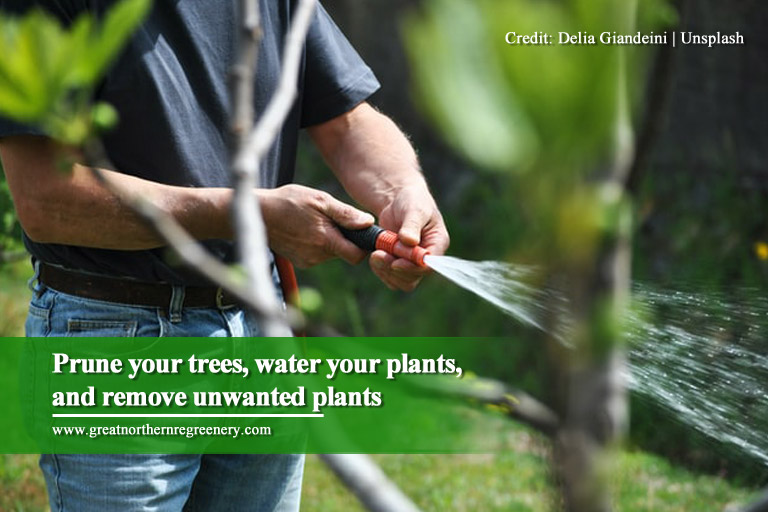
Already have a garden you’re proud of? Maybe your pre-pandemic schedule has kept you from giving your plants, flowers, trees, and soil the proper maintenance they need. Why not take this time to do it?
Follow these simple ways to keep your garden healthy and for it to add value to your property:
- Water properly
Proper moisture is essential in the healthy growth of your garden. Soaker houses and drip irrigation are effective watering methods to control how much water your plants get.
When using a watering can, make sure to water the roots directly. Allow the leaves to dry instantly and for the roots to absorb the water. Overwatering can increase the risk of fungal growth and root suffocation.
- Check for signs of pests
Inspect your trees and plants carefully for any signs of pest infestation. Old trees can be prone to pests and diseases. If you detect the presence of pests or diseases, get a tree insect or disease control provider in your area immediately.
- Prune damaged or diseased parts of trees and shrubs
Trimming broken or diseased limbs and branches help keep your trees and shrubs healthy. Use sharp tools for this purpose to make the job easier. If you think you lack the skills and tools for pruning, contact a professional arborist.
You don’t need to have a green thumb to succeed in gardening during the Covid-19 pandemic. Just learn the basics of plant care and growth, and you’re on your way to having a beautiful garden.
If you’re looking for experienced arborists who can help you with garden maintenance, basic or otherwise, contact Great Northern Regreenery. We provide tree and shrub care services for residential and commercial properties in York Region, Simcoe County, and nearby areas.
Call us today at (905) 775-7444 for a FREE inspection and assessment!





